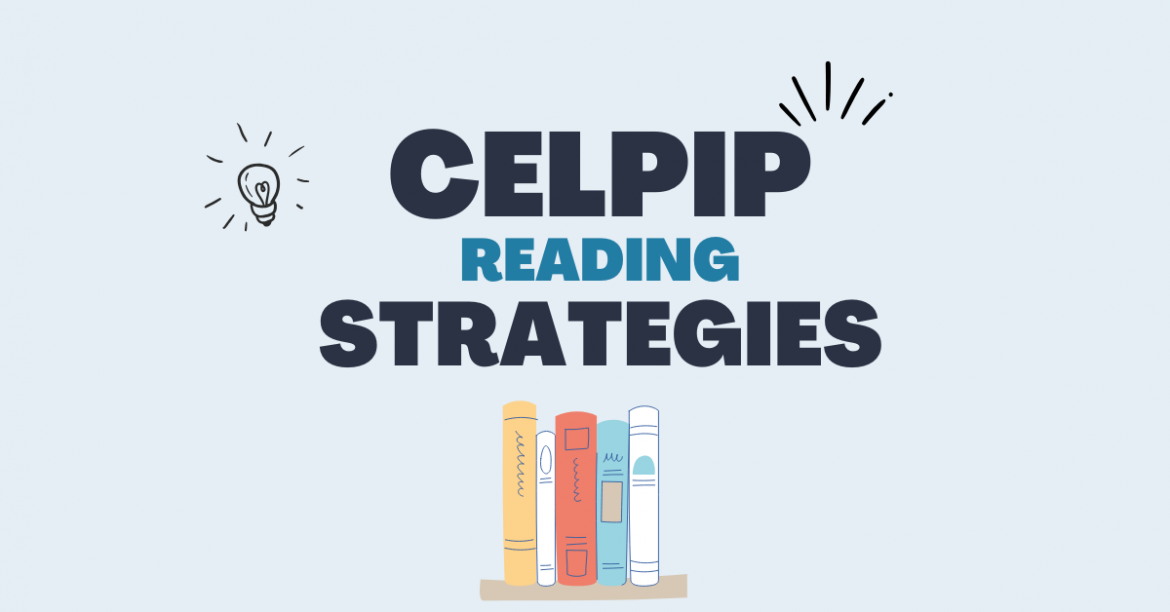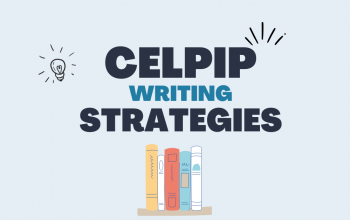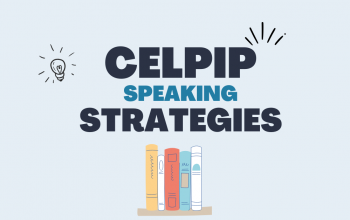CELPIP Reading Strategies: Conquer the Test
General Reading Tips: Master the Fundamental CELPIP Reading Strategies
- Skim and Dive: To begin, quickly skim the passage to grasp the main idea before diving into the questions. This initial overview will give you a general sense of the topic and structure.
- Question-Focused Approach: Next, read the questions first to pinpoint the specific details you need in the passage. This strategy allows you to focus your reading and avoid getting bogged down in irrelevant information.
- Keyword Connection: Then, identify keywords in the questions and match them with corresponding words or phrases in the passage. This technique helps you locate the relevant sections quickly and efficiently.
- Paraphrasing Power: Furthermore, recognize that the test often paraphrases information; therefore, look for synonyms and similar meanings. Don’t expect to find the exact same words in the passage as in the questions.
- Time Management Mastery: Above all, manage your time wisely. Don’t get bogged down on a single question; instead, move on and return later if time permits. Effective time management is crucial for completing the entire test.
- Elimination Strategy: Finally, use the process of elimination. Remove obviously wrong answers first to increase your odds of selecting the correct one. This strategy can be particularly helpful when you’re unsure of the answer.
Section-Wise CELPIP Reading Strategies: Tailored Approaches
Section-Wise Strategies: Tailored Approaches
- Reading Correspondence (Emails, Letters, or Messages)
- Tone Detection: First, understand the tone of the message. Is it formal, informal, requesting something, or providing information?
- Direct Answers: Next, look for direct answers; they are often verbatim in the text.
- Relationship Analysis: Finally, identify the relationships between the individuals involved. Who writes to whom, and what is their relationship?
- Reading to Apply a Diagram (Charts, Schedules, or Tables)
- Data Scanning: To begin, scan for key data points like numbers, dates, and names. Answers are typically within structured information.
- Description Matching: Then, match the descriptions in the question with the specific details in the diagram.
- Distractor Elimination: Lastly, eliminate distractors. Some options might appear similar but contain subtle differences.
- Reading for Information (Articles, Brochures, or Web Pages)
- Main Idea Identification: Firstly, identify the main ideas. The first and last sentences of a paragraph often contain the key takeaway.
- Synonym Recognition: Secondly, recognize synonyms. The passage might use different vocabulary from the answer choices.
- Transition Word Awareness: Finally, pay attention to transition words like “however,” “therefore,” and “in contrast.” They signal important shifts in meaning.
- Reading for Viewpoints (Opinions & Arguments in Forums, Blogs, or Letters to the Editor)
- Fact vs. Opinion: First, distinguish between facts and opinions. Facts are objective; opinions often include words like “I think,” “should,” or “believe.”
- Perspective Understanding: Next, understand the various perspectives presented. Who agrees or disagrees with a particular statement?
- Evidence Evaluation: Finally, evaluate the evidence that supports the different viewpoints. Look for concrete examples or logical reasoning.
Practice CELPIP Reading Strategies: Hone Your Skills
- Diverse Reading: Firstly, read diverse materials daily, such as news articles, blogs, and emails. This practice will broaden your exposure to different writing styles and vocabulary.
- Simulated Practice: Apart from that, take practice tests to simulate real test conditions and get accustomed to the format. This will not only familiarize you with the test structure but also help you manage your time effectively under pressure.
- Summary Technique: Furthermore, summarize passages concisely in one or two sentences after reading them. This exercise strengthens your ability to identify key information and express it succinctly.
- Vocabulary Enrichment: Finally, enrich your vocabulary by learning synonyms and common English phrases. A strong vocabulary is essential for both understanding the passages and answering the questions accurately.
Official Website: Your Primary Resource
Visit the official website for the CELPIP test: www.celpip.ca. This website provides all information about the CELPIP test, including test registration, preparation materials, test format, scoring, and more. Rely on this official website for accurate and up-to-date information about the CELPIP test.
The official website for the CELPIP test is:
- CELPIP – Paragon Testing Enterprises: www.celpip.ca
This website is the primary source for all information regarding the CELPIP test, including test registration, preparation materials, test format, scoring, and more. 1 It is essential to rely on this official website for accurate and up-to-date information about the CELPIP test.








